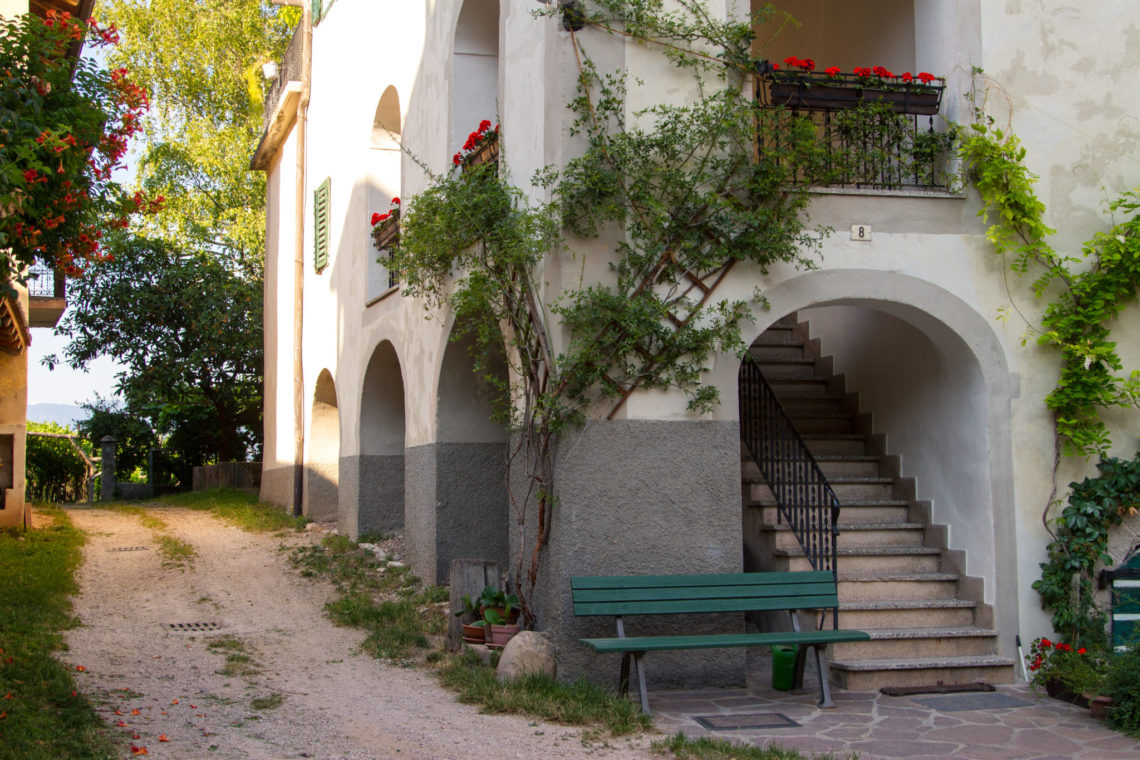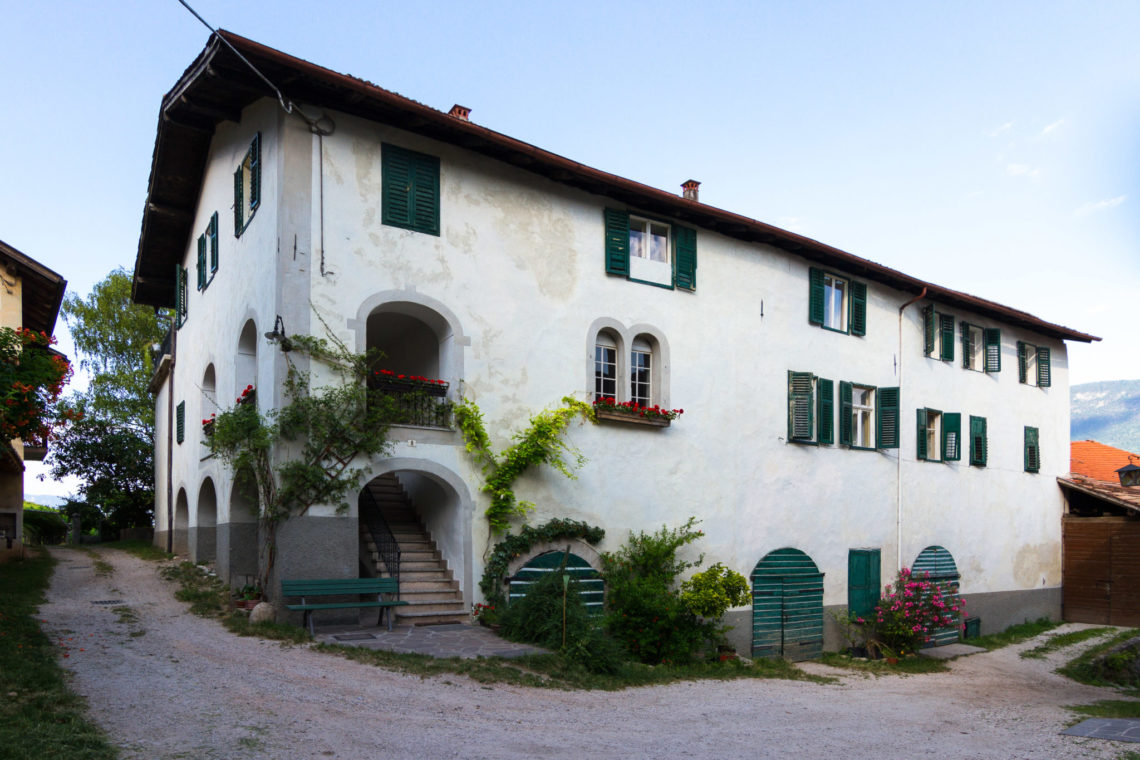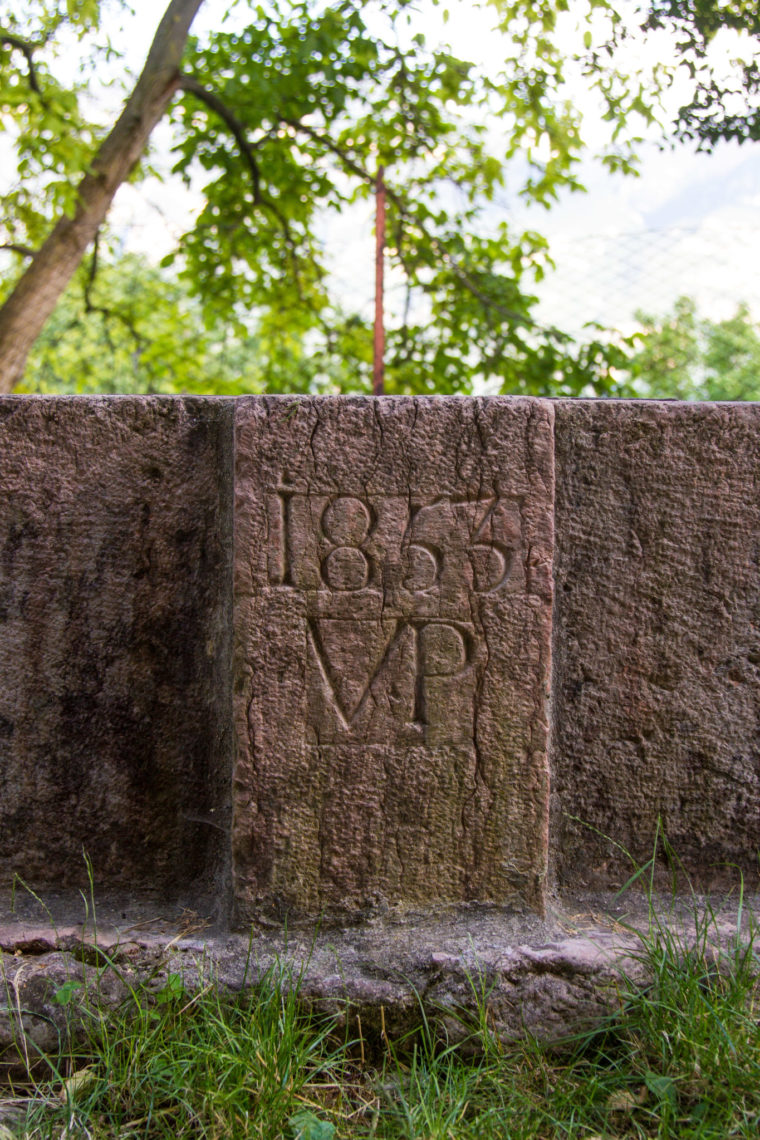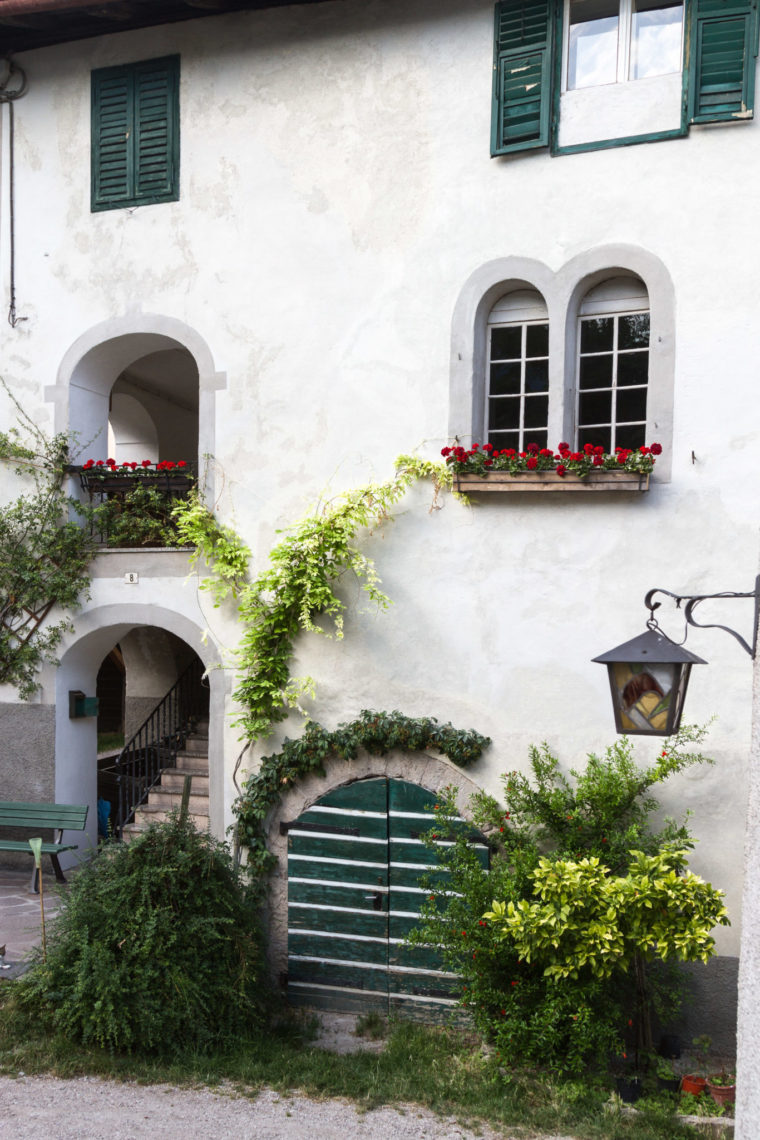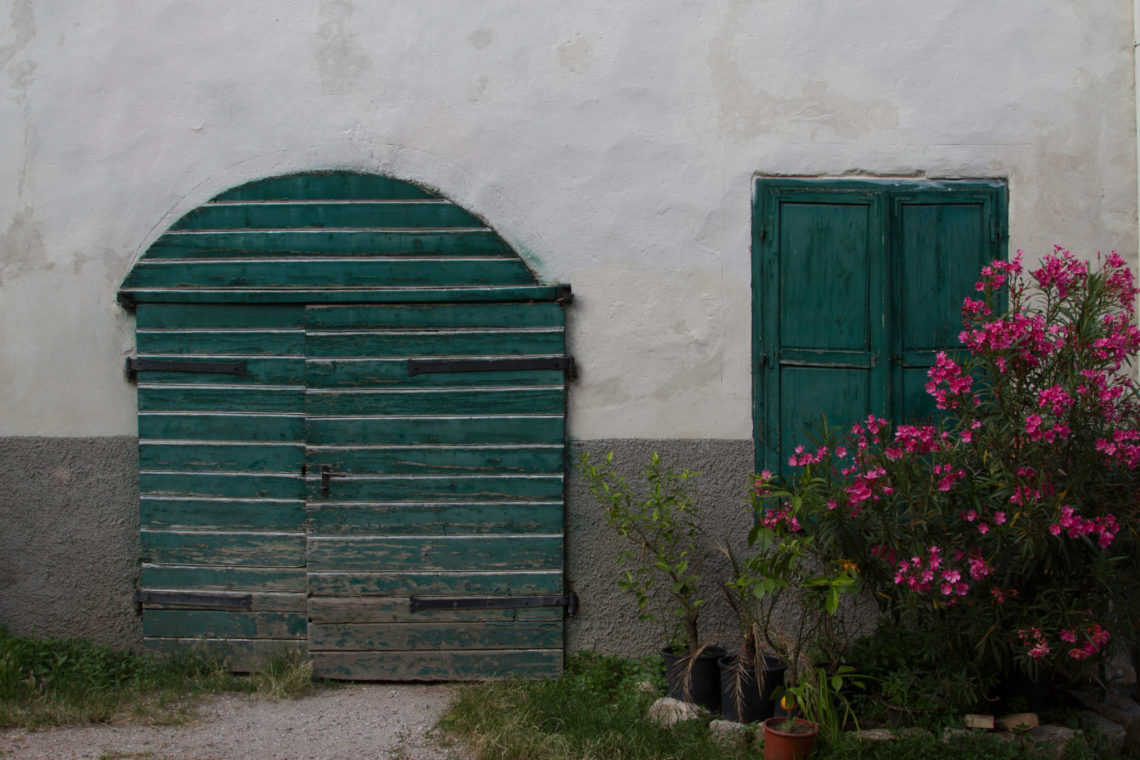Plattenhof
Nr. 5
The first documentation of “Plattenhof” was in 1407. It used to be a noble manor, today it is a stately farmhouse.
On 28 November 1733, an imperial soldier observed “drops such as from tears or sweat” on the picture of the dolorous Mother of God, found at Plattenhof. When he wiped them away, they reappeared. This phenomenon continued; the Mother of God on the picture shed tears for nearly five years. After scrupulous examination by the bishop’s committee, no explanation was found and the miraculous picture of the dolorous Mother of God was transferred to the parrocchial church of Kurtatsch, where it is still publicly venerated and builds the cornerstone for the pilgrimage church.
Characteristic for Plattenhof is the spacious farmyard with living and farm buildings, reached through a stone-framed entryway; further, the generous loggia staircase and a large, inviting hall inside the living area.
The generous cellar rooms point to wine production on a grand scale.
Plattenhof is now a bed & breakfast house.
The most important changes in ownership: Michel von der Platen about 1407, Countess Quareschin née von Wanga from 1598, Sche(u)rberg from 1670, Vischer from 1758 and 1763, Sternpach from 1780, Pomella first mentioned at Plattenhof around 1786.
